Instrument characterisation and calibration.
The activities undertaken by this group provide one of the keys to the core Action goal of achieving consistency of all Brewer data products across Europe. A first step in ensuring consistency is to set standards for observational quality. Individual instruments must therefore be characterised to establish how component characteristics, e.g. slit function, dispersion coefficients, linearity, spectral responsivity, temperature dependence, stray light, field of view, angular response, etc., uniquely affect measurement outcomes and how potential errors may be avoided or corrected for.
In addition, measurement accuracy is ultimately dependent on regular and accurate calibration. Methodologies which ensure the best transfer of calibration constants and traceability to the reference laboratories (the RBCC-E triad for total ozone, WUVCC and the Quality Assurance of solar Spectral Ultraviolet irradiance Measurements carried out in Europe (QASUME) for the UV measurements) will be developed. Regular comparison with the Canadian triad will also be maintained to ensure global compatibility of TOC measurements.
A workshop will be organized to review the current situation and the existing practices, methodologies and application of characterisations with reference to calibration requirements and how final data products are affected, and so identify the areas where solutions must be sought. In a later phase of the Action, a second, mid-term workshop will assess progress, unforeseen emerging issues, and the effects of the developed methodologies. These workshops will be organised in conjunction with WG 2.
Tasks
-
To assess the potential for internal Brewer components to affect the accuracy of the measured values of TOC, Umkehr ozone profiles, spectral UV and AOD-UV.
-
To develop methodologies to quantify the effects of the identified component imperfections.
-
To develop or modify existing algorithms where possible in order to correct for resulting measurement effects.
-
To review current calibration procedures with emphasis on optimising transfer of parameters for all data products and to develop methodologies for best practice, maintaining compatibility between the Toronto and RBCC-E triads.
-
To evaluate the potential for and the means of applying the harmonised calibration and characterisation developments to historical data of ozone and AOD-UV.
Deliverables
-
Standard modifications to instrument operations and algorithms to correct for individual instrument characteristics.
-
A standard set of calibration procedures.
-
Protocols for the application of calibration data.
Milestones
-
Workshop on the current situation, characterisation and calibration issues.
-
Workshop on solutions to instrument characterisation and calibration methodologies.
-
Demonstration of application of corrections to historical data where possible.
-
Peer reviewed papers.
Related Posts
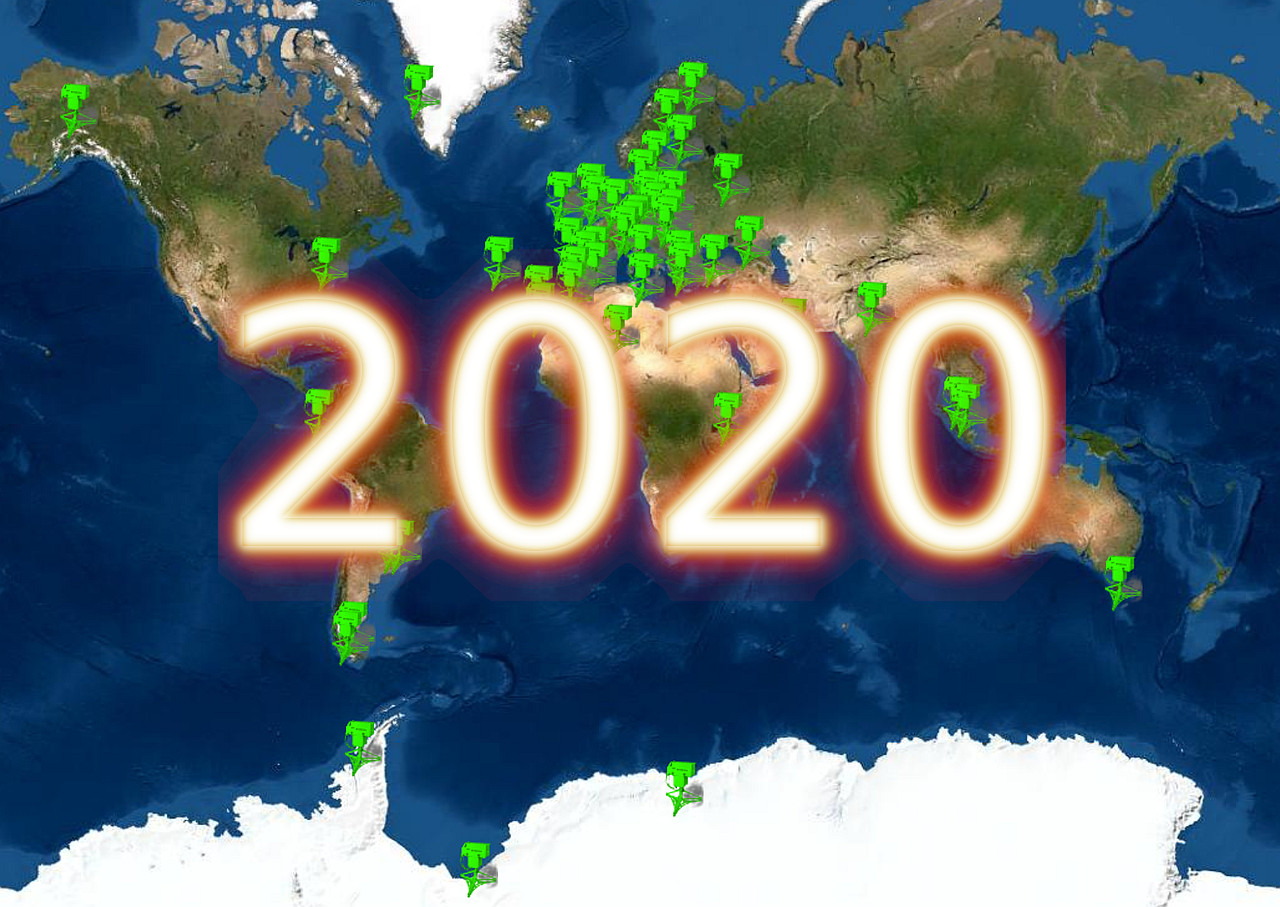
EUBREWNET in 2020
Foreword Dear EuBrewNet contributor – in our second newsletter we tell you how your data is being used by more and more researchers and how it is becoming more visible through cooperation with NDACC and WOUDC. Along with other technical updates, including the new version 2 algorithm, EuBrewNet also now offers more data products and…
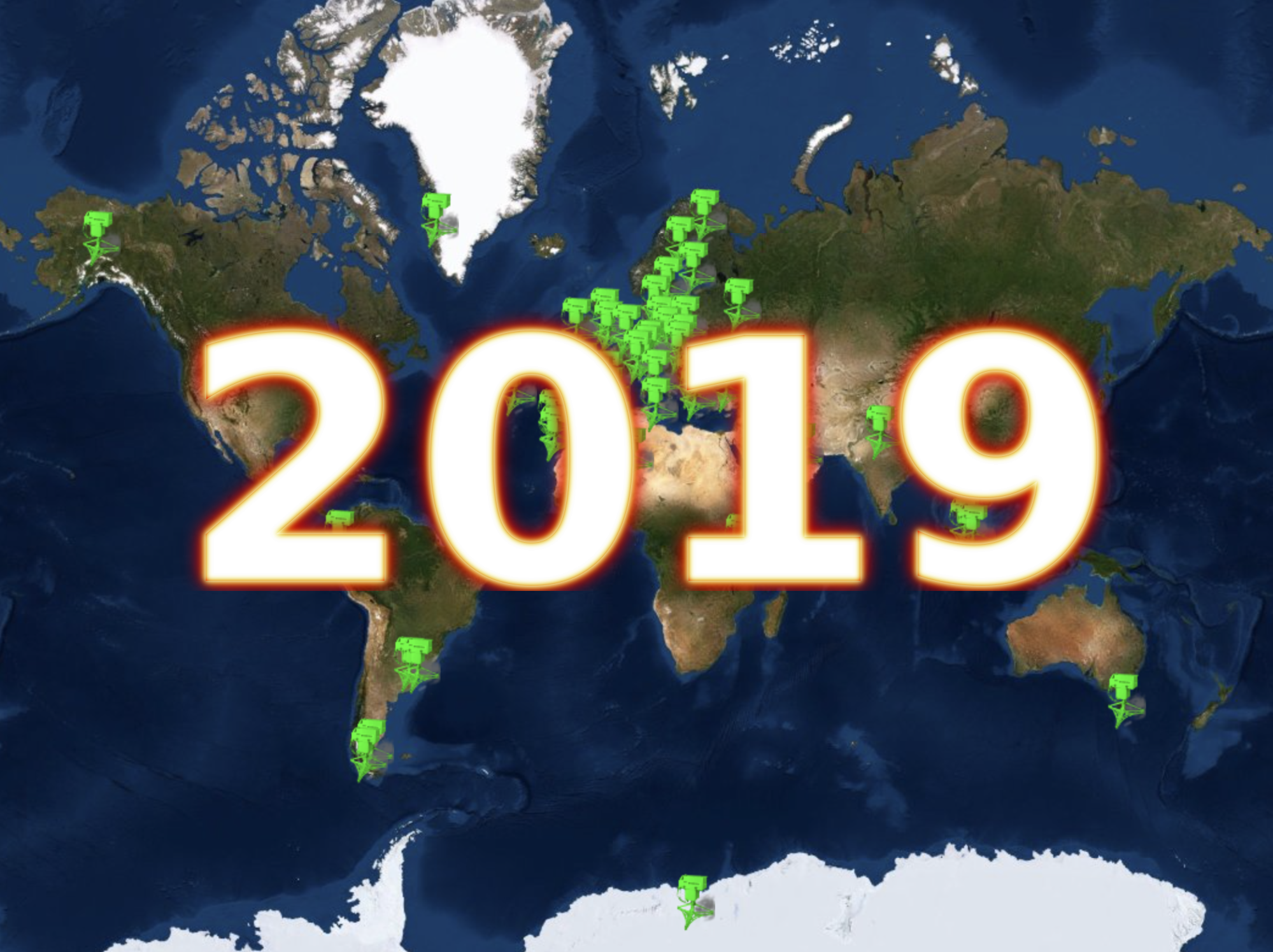
EUBREWNET in 2019
Foreword Dear EUBREWNET contributor – did you know that your data is now considered part of a fiducial reference network and is used for TROPOMI Sentinel 5P ozone validation? In this our first newsletter you can find out how EUBREWNET, which you all played a part in creating, has matured and developed and is working…
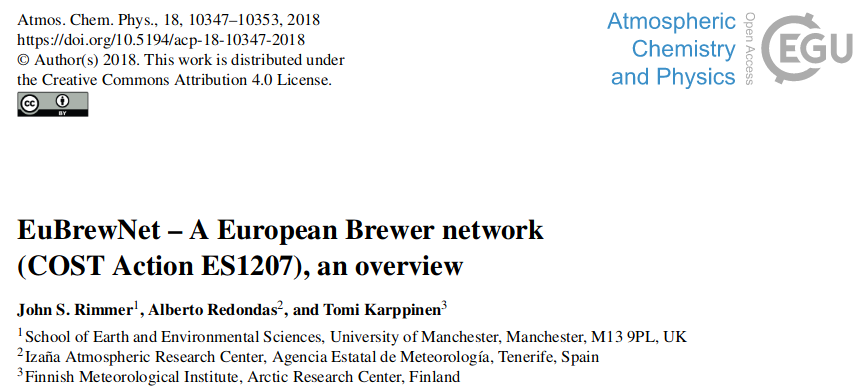
New page with Eubrewnet’s bibliography
We have created a new page with the most relevant papers and presentations related to Eubrewnet, see http://eubrewnet.aemet.es/cost1207/eubrewnets-bibliography/ We will keep updating this list in the upcoming months!
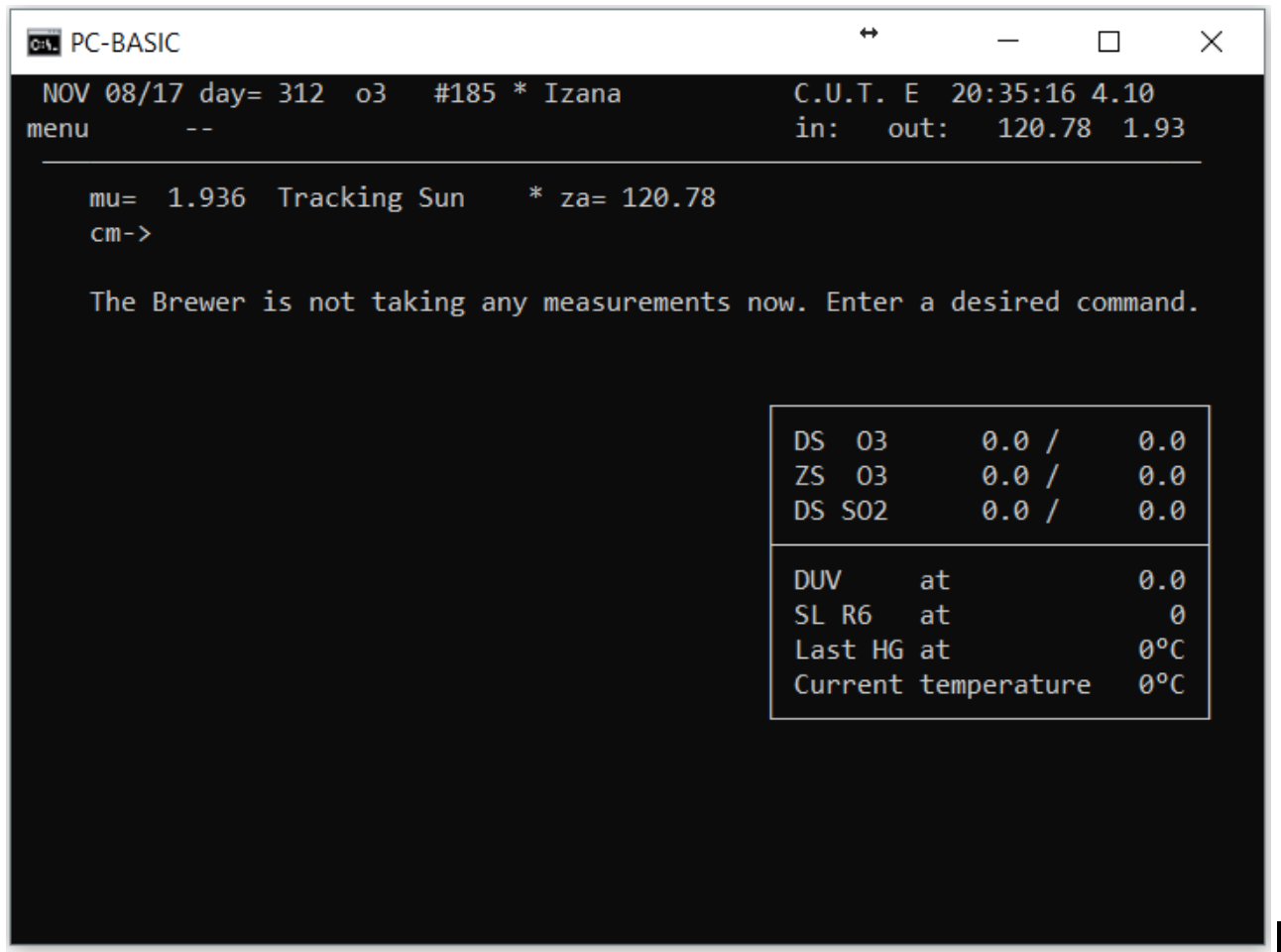
Python interpreter, for the brewer’s control software.
This interpreter proposed by José Rodríguez as part of the activities of the ACTION COST ES1207 EUBREWNET, has as main objective to develop a python interpreter for GWBASIC, to allow run the brewer operative software in different operative systems, without the actual limitation of using it only in 32 bits windows versions. With an open…
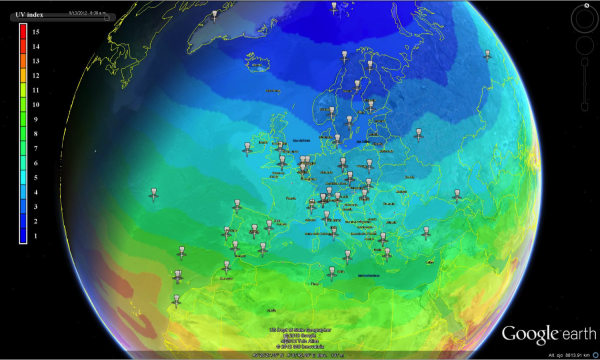
XIV WMO-GAW Brewer Meeting – COST ES1207 OPEN CONGRESS
COST ACTION ES1207 EUBREWNET OPEN CONGRESS 14th WMO-GAW BREWER USERS GROUP MEETING EUBREWNET & WMO GAW BREWER OPERATOR COURSE State Meteorological Agency of Spain, Santa Cruz de Tenerife, Spain- 24th – 28th March 2014 Welcome Welcome to the EUBREWNET training school and Brewer Ozone Spectrophotometer open congress in conjunction with the 14th Biennial WMO-GAW…

IX RBCC-E Campaign Arosa, Switzerland 14 to 25 July, 2014
IX RBCC-E Campaign Arosa, 4 to 25 July, 2014 THE DIRECTOR OF THE FEDERAL OFFICE OF METEOROLOGY AND CLIMATOLOGY, METEOSWISS, SWITZERLAND AND THE PRESIDENT OF THE METEOROLOGICAL STATE AGENCY OF SPAIN (AEMET) ANNOUNCE THE NINTH INTERCOMPARISON CAMPAIGN OF THE REGIONAL BREWER CALIBRATION CENTER-EUROPE (RBCC-E) Will be held at Lichtklimatisches Observatorium LKO (Arosa, Switzerland)…

VIII RBCC-E Campaing
The eighth Regional Brewer Calibration Center for Europe (RBCC-E) intercomparison take place at at El Arenosillo Atmospheric Sounding Station of the Instituto Nacional de Técnica Aeroespacial (INTA) from June 10-20, 2013. The campaign were organized in collaboration with the Area of Instrumentation and Atmospheric Research of INTA, with the support of the Global Atmospheric Watch (GAW) program of…

